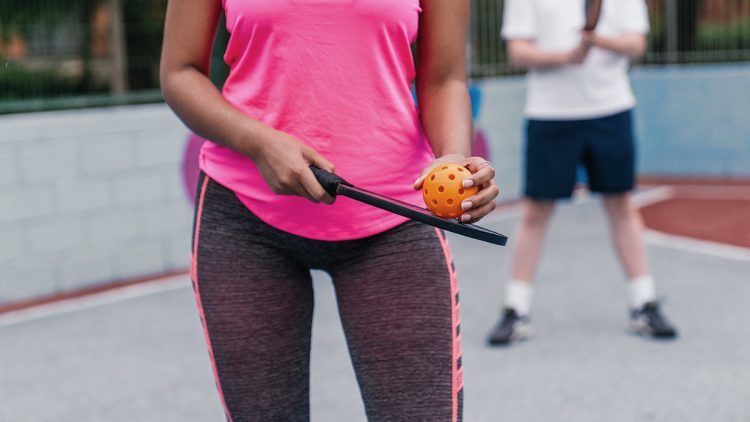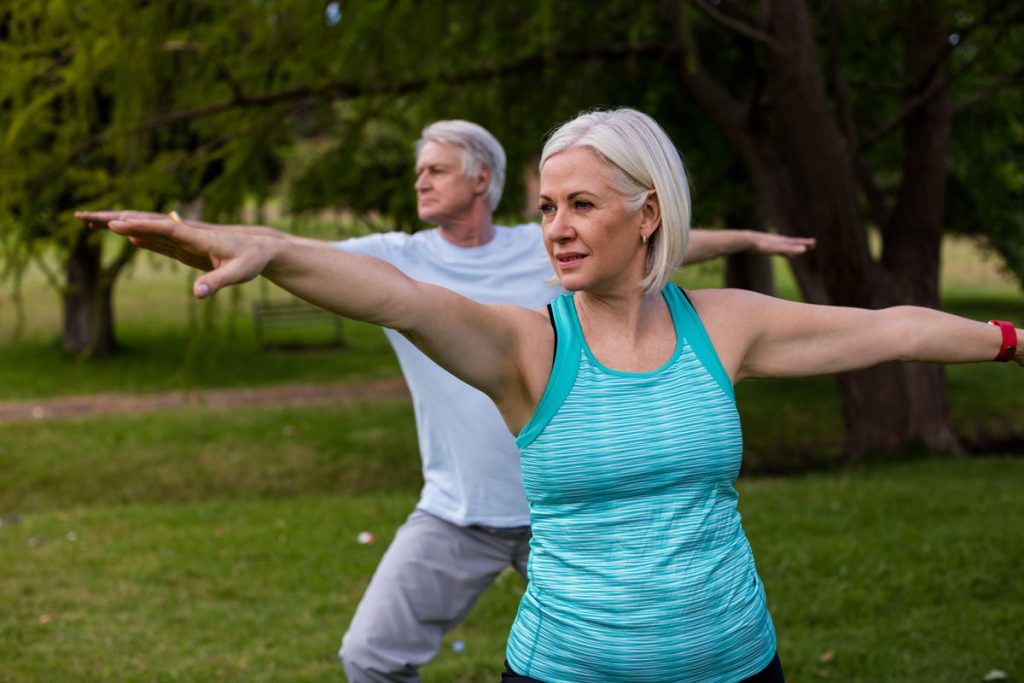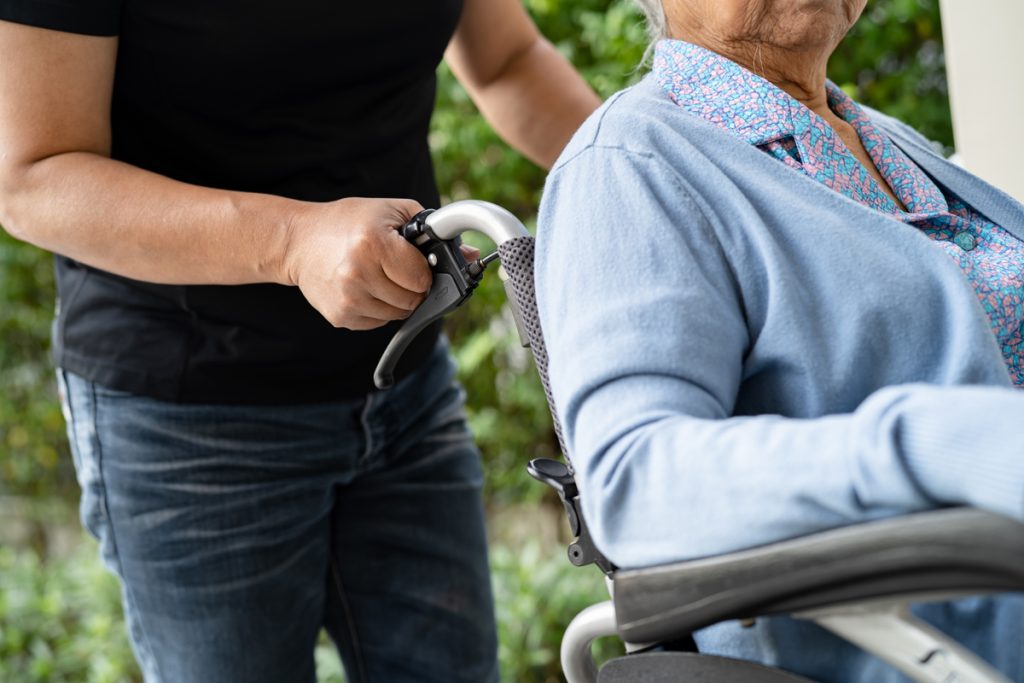Is Pickleball A Good Sport For Seniors
Pickleball is often considered an excellent sport for seniors for several reasons:
1. Low Impact:
- Joint-Friendly: Pickleball is generally easy on the joints compared to high-impact sports like tennis or running. The smaller court and slower pace reduce stress on the knees, hips, and other joints.
2. Moderate Exercise:
- Cardiovascular Benefits: The game provides good cardiovascular exercise, helping to maintain heart health and improve overall fitness.
- Muscle Strength: It helps build and maintain muscle strength, particularly in the legs, arms, and core.
3. Social Interaction:
- Community Aspect: Pickleball is often played in a social, friendly environment. It provides opportunities for socializing and meeting new people, which can be beneficial for mental health and well-being.
4. Easy to Learn:
- Simple Rules: The game is relatively easy to pick up, with simple rules and a straightforward scoring system. This makes it accessible for beginners and those who may not have played sports before.
5. Adaptable:
- Adjustable Intensity: Players can adjust the intensity of the game based on their fitness level. It can be played at a leisurely pace or more competitively, depending on the players’ preferences and abilities.
6. Cognitive Benefits:
- Mental Stimulation: The game involves strategy, quick thinking, and hand-eye coordination, which can help keep the mind sharp and improve cognitive function.
7. Flexibility:
- Indoor and Outdoor: Pickleball can be played both indoors and outdoors, allowing for year-round play regardless of weather conditions.
8. Safety:
- Reduced Risk of Injury: Due to its lower impact nature and smaller court size, the risk of injury is relatively low compared to more intense sports.
Additional Tips for Seniors Playing Pickleball:
- Warm-Up: Proper warm-up and stretching are important to prevent injuries and improve flexibility.
- Proper Gear: Use supportive footwear and consider using a paddle with a comfortable grip to minimize strain on the hands and wrists.
- Hydration: Stay hydrated and take breaks as needed, especially in hot weather.
- Consult a Doctor: If you have any health concerns or conditions, consult with a healthcare provider before starting any new sport or exercise routine.
Overall, pickleball offers a fun, engaging, and health-promoting activity that can be enjoyed by seniors of various fitness levels.
How To Play Pickleball
Pickleball is a fun and accessible sport that combines elements of tennis, badminton, and table tennis. It’s played with a paddle and a plastic ball on a court similar to a badminton court. Here’s a basic guide on how to play pickleball:
1. Equipment:
- Paddle: A solid, perforated paddle, usually made of composite materials or wood.
- Ball: A lightweight plastic ball with holes, similar to a wiffle ball.
- Net: A net set at a height of 34 inches in the center and 36 inches at the sidelines.
- Court: A rectangular court measuring 20 feet by 44 feet for both singles and doubles, divided by a net.
2. Court Layout:
- Service Area: The court is divided into two halves by the net. Each half has a service area, which is the area where serves are made.
- Non-Volley Zone (Kitchen): A 7-foot area on either side of the net where players cannot volley (hit the ball before it bounces).
3. Basic Rules:
- Objective: The objective is to score points by hitting the ball over the net and into the opponent’s side of the court, where it must bounce or be returned in play.
- Serving:
- The serve must be made underhand and diagonally into the opponent’s service area.
- The server must stand behind the baseline and keep one foot behind the line.
- The serve must clear the non-volley zone.
- Double Bounce Rule: After the serve, each side must let the ball bounce once before volleying it (hitting it in the air).
- Scoring:
- Games are typically played to 11 points, but a team must win by at least 2 points.
- Only the serving side can score points.
- In doubles, each player on the serving side gets a chance to serve before the serve changes sides.
- Faults:
- A fault occurs if the ball lands outside the court, does not clear the net, or is hit into the non-volley zone on a volley.
- Stepping into the non-volley zone and volleying the ball is also a fault.
4. Playing the Game:
- Serving: The game starts with one player serving from the right side of their court. After each point, the server switches sides.
- Rally: Players hit the ball back and forth over the net. Each side must return the ball before it bounces twice on their side.
- Volleys and Groundstrokes: Players can hit the ball either on the bounce (groundstroke) or in the air (volley). However, volleys cannot be made from within the non-volley zone.
- Switching Sides: In doubles, after scoring, the server switches sides with their partner, and the receiving team also switches sides.
5. Strategy:
- Placement: Aim for open spaces on the opponent’s side of the court to make it harder for them to return the ball.
- Positioning: Stay near the baseline when receiving serve and move towards the net as the rally progresses. For doubles, communicate and cover the court effectively with your partner.
- Soft Shots: Use dinks (soft, controlled shots) to drop the ball into the non-volley zone, making it challenging for opponents to attack.
6. Scoring System:
- Traditional Scoring: Points can only be scored by the serving side. The server continues to serve until a fault occurs.
- No-Volley Zone: When serving, the ball must clear the no-volley zone (kitchen) to be considered a legal serve.
7. Etiquette:
- Respect: Show respect for your opponents and teammates, and maintain good sportsmanship throughout the game.
- Communication: In doubles, communicate with your partner about positioning and strategy.
8. Practice and Enjoyment:
- Learn and Practice: Take time to practice basic shots, serving, and court positioning. Many communities offer beginner clinics and practice sessions.
- Have Fun: Enjoy the game and the social aspects of pickleball. It’s designed to be accessible and enjoyable for players of all skill levels.
Pickleball is a great sport that emphasizes fun, fitness, and friendly competition. With these basics, you can start playing and enjoying the game!
Related Posts
0




